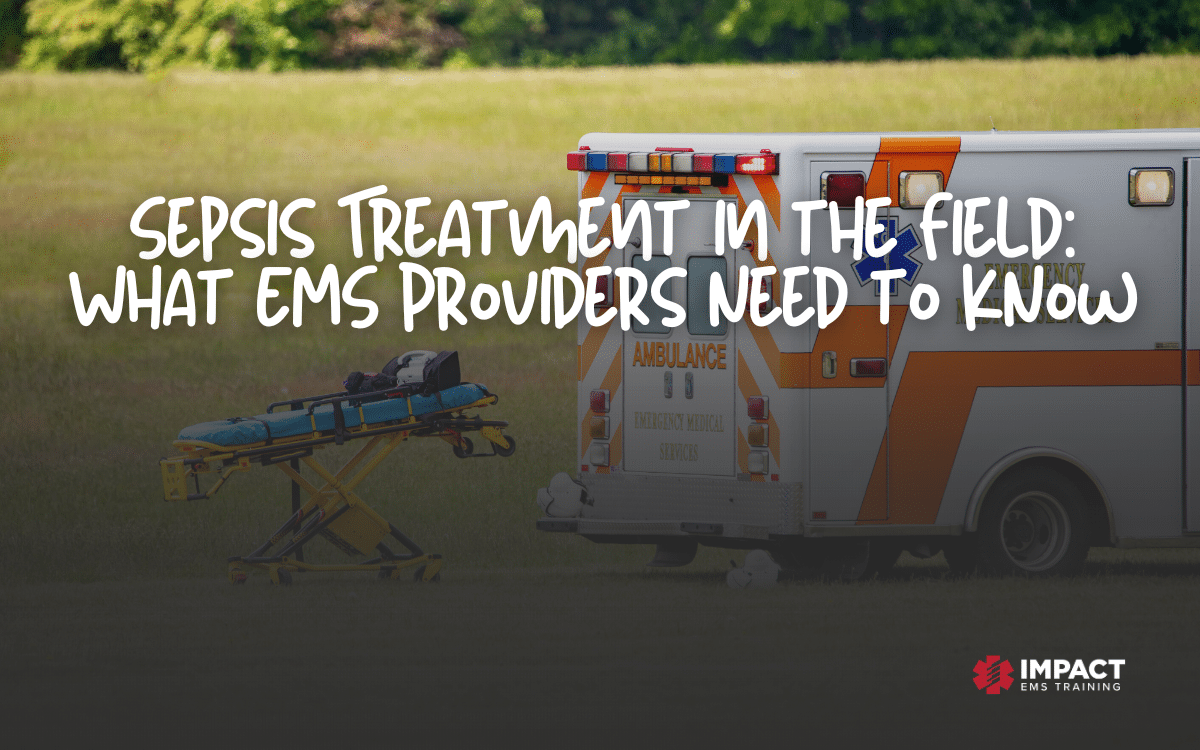If you’ve ever walked out of an NREMT exam thinking, “What on earth was that?” trust us you are not alone.
One of the biggest sources of confusion for EMS providers is the test format.
Because spoiler alert: it’s not the same for everyone.
Whether you’re new to the field or returning for recertification, this guide breaks down how the exam works at each level and how that should shape your prep.
CAT vs. Fixed: What’s the Difference?
CAT (Computer Adaptive Testing): The EMT and Paramedic exams use a format called Computer Adaptive Testing (CAT).
Instead of giving every student the same fixed set of questions, CAT tailors the test to you as you go. After each question, the system updates its estimate of your ability based on your answer.
Here’s how it works:
- Answer correctly? The next question will likely be harder.
- Answer incorrectly? The next one may be a little easier.
This continues until the computer is 95% certain whether you are above or below the passing standard.
Here’s the key point most students miss: A hard test is a good test. If your questions start feeling difficult, it means the system is challenging you at a higher level, which means you’re performing well.
On the other hand, if your test feels easy the entire time, that could mean the system is keeping you at a lower difficulty level because you haven’t shown enough consistent accuracy to advance.
The faster you prove you’re competent by consistently answering harder questions correctly, the fewer questions you’ll have to answer. If you’re borderline, the system may keep giving you questions all the way to the maximum number allowed to make a final decision.
Fixed-Length (Linear Testing): Used for EMR and AEMT exams. Everyone gets the same number of questions, no matter what. You power through the entire exam and score is based on your total performance.
In other words:
- Everyone answers the same amount of questions
- Everyone sees a mix of question difficulties
- Your score is based on the total number of correct answers at the end
Because the test doesn’t adjust as you go, it includes a blend of easy, moderate, and difficult questions scattered throughout. That can make the exam feel more random or inconsistent. Just stay focused, choose the best answer, and avoid second-guessing yourself.
Quick Breakdown by Level

All levels now include TEIs (Technology-Enhanced Items): drag-and-drop, multiple-response, or list-ordering items that mimic a clinical decision-making.
What This Means for Your Study Plan
- If you’re taking a CAT test, expect the exam to feel hard that’s a good sign.
- If you’re taking a fixed-length test, budget your time and push through. Even the weird questions.
- Don’t try to game the test. Just focus, stay consistent, and think clinically.




